Modern technologies must be integrated into schools in this digital age to improve operational effectiveness, student participation, and data processing. These necessities can be met through a core app dashboard that acts as a central tool for monitoring and administrating different parts of education. This all-inclusive guide will cover the main elements required in designing an app with the distinctive needs of the elementary and secondary school district in mind.
Table of Contents
A Core App Dashboard.
The main app dashboard is a multipurpose device used to control and monitor many events within an educational environment. pfimentation The major purpose of this integrated application is to give users an easy-to-use interface and extensive capabilities for managing and monitoring different metrics and resources.
Understanding the basic concept
A dashboard is meant to summarily depict vital data in a concise form accessible for monitoring, decision-making, and analysis purposes. Further, it offers an excellent consumer interface that allows users to effortlessly access or administer information.
Key features and functionalities
The core app dashboard has many capabilities; it includes customizable data visualization, integrates with various district resources, and monitors the movements/activities of users. The users are also able to easily incorporate other application platforms or devices, which enhances collaboration and support.
Importance for educational institutions
The core app dashboard is important for managing data, tracking school activities among teachers and students, and providing resources to districts. It is a center point for storing and processing crucial data that is updated regularly to boost efficiency within an organization while improving decision-making.
How do you builds a core app dashboard using ILLA Cloud?
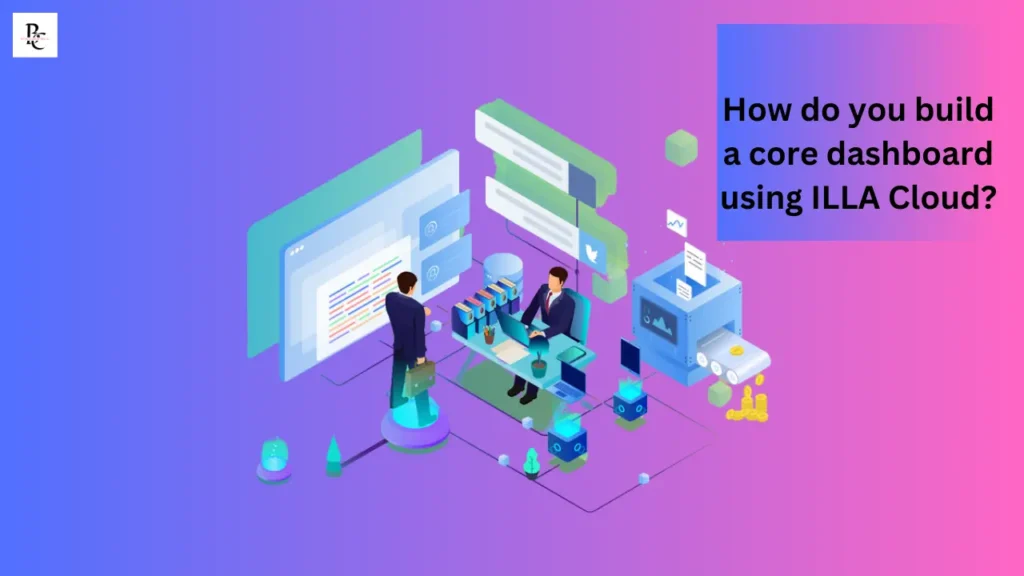
Data visualization and acting fast on the same in the ever-changing digital age. Your central hub for critical information should be a well-organized core app dashboard. This, in combination with ILLA cloud’s creativity power, can turn your dashboards into transformational ones.
Step 1: Getting Started with ILLA Cloud
First, you visit the ILLA Cloud official platform. Register and create an account. This is the key one that will enable you to access a dashboard of different tools designed with user-focused applicability.
Step 2: Creating a New Project
Where is the “Create New Project” option? Click on it. Give your project a new name and add a brief description as well. Therefore, if that is what we are focusing on, then you would prefer to select the core app dashboard as your project type.
Step 3: Designing the User Interface
Utilize ILLA Cloud’s low-code power. Making a user interface is like playing drag and drop. Place whatever it is – buttons, charts, or widgets – however, you feel it should be positioned, and redesign them so they fit into your company’s image.
Step 4: Integrating Data Sources
Integrating different forms of data with the ILLA cloud is made simple. You can easily obtain information directly from complicated databases, external APIs or even simple Excel spreadsheets by using a no-code API. This way, your dashboard lives and blooms with real-time information.ILLA Cloud provides many information sources to ensure that its customers have plenty to choose from. Its clients can include financial institutions such as banks.
Airtable:
Through the use of ILLA, cloud businesses can take advantage of Airtable’s spreadsheet database hybrid functionalities.
Google Sheets:
The collaborative nature is one of the many reasons why companies depend on Google Sheets. Use this to your advantage by directly including these sheets in your dashboard for a streamlined approach.
Step 5: Creating Data Automation Workflows
Accuracy is key. Say goodbye to inaccuracies with ILLA Cloud’s data automation workflows combined with a strong Event Handler function.ҽ Prepare conditions for thorough data verification, proper transformation and simultaneous updating. The Event Handler serves as a workflow events processing functionality that lets you build event-driven triggers in your workflow. It employs the simple rule: “If something occurs, this leads to another event.” Therefore, your dashboard will react instantly and present you with an absolute fact.
Step 6: Operations Automation
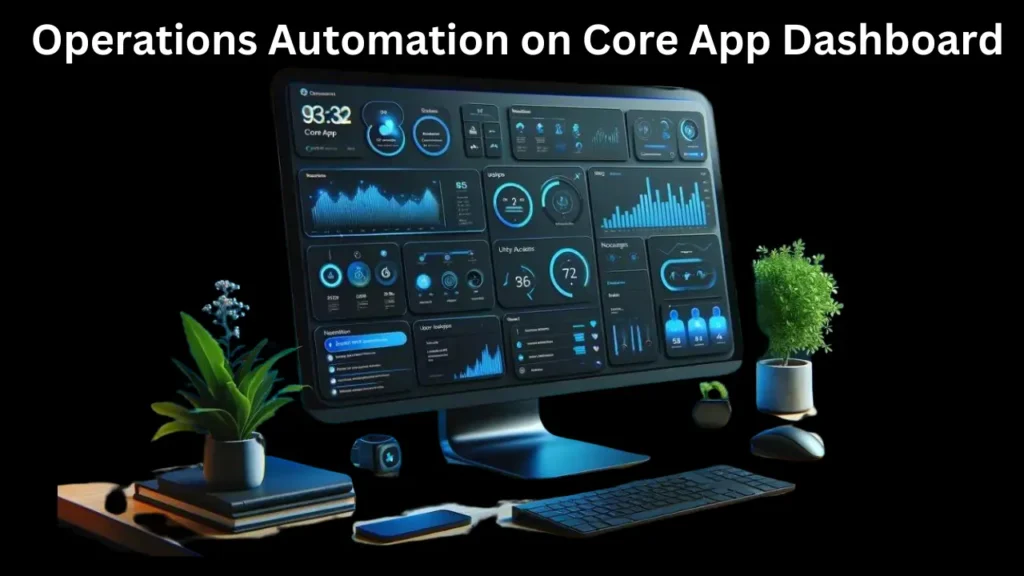
Routine tasks can be automated. Delegate management of Illa Cloud’s operation automation feature to someone else. The preemptive approach encompasses actions implemented according to specific conditions. The result? Lesser manual work heightened performance.
Step 7: Testing and Deployment
Test your work before you reveal it as a masterpiece. Ensure all your dashboard machine cogs run well using the ILLA Cloud. When you’re satisfied with its performance, release your dashboard into the intended domain, and your stakeholders will have the chance to enjoy its features.
Creating an Elementary School Core App Dashboard.
To create a basic app panel for kindergartens, one needs to be familiar with these nuances of an educational institution. User interface and experience should be customized to suit different roles and tasks of users in an elementary school arena.
Determining the particular needs in an elementary school.
The development team should be able to develop a core dashboard that caters to the elementary school’s specific needs to ensure that the developed application has functional qualities and features that suit the education goals and administrative concerns of the target users. It also encompasses the ability to handle learner-specific information, follow up with school performance, as well as facilitate smooth interactions among players.
User interface and experience design
First, the dashboard’s interface must allow ease of navigation by teachers, students, or administrative personnel. A good-looking design combined with a simple interface should let an end user easily process, keep, and update critical data.
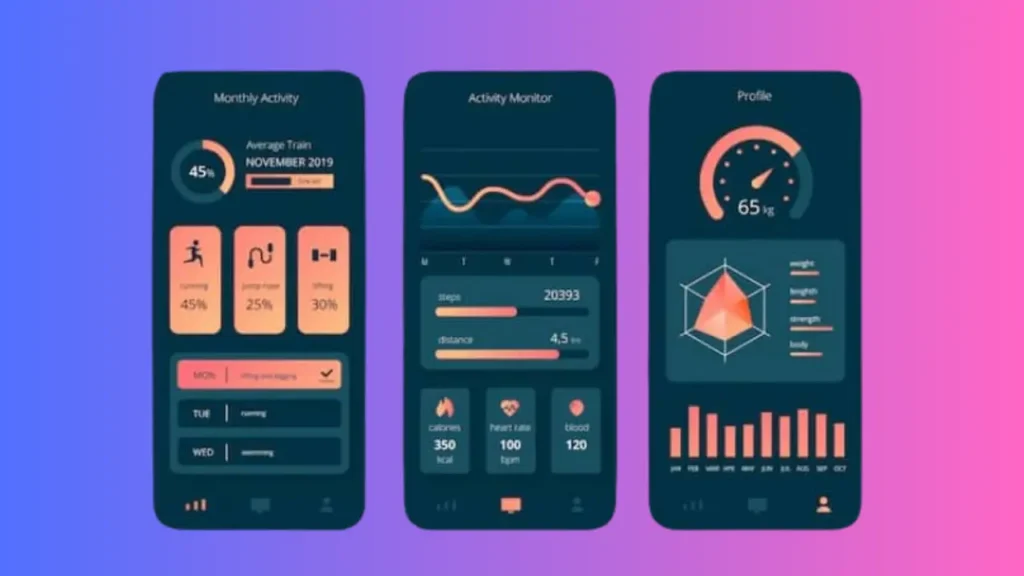
Data management and security considerations
The core app dashboard for elementary schools should consider elements like data management and security. For this, developers need to design a strong data security model along with appropriate data management mechanisms to protect confidential educational information and to maintain the integrity of data.
Developing a Middle School District Resources Dashboard.
A core app dashboard specific to their needs must be provided for middle school districts. This system should smoothly interoperate with district resources, giving detailed follow-ups in each movement.
Developing customized options specifically addressing middle school needs.
A core dash app would provide customized capabilities and functionality, aimed at catering for unique requirements of middle school districts such as management of course materials, student tracking, and liaison for the school administration, instructors as well as the guardian or parent.
Integration with district resources
This implies that the dashboards should be interactive and incorporate district resources such as curricula, assessments, and administrative systems seamlessly. This brings more cooperation and efficiency across the district.
Monitoring and tracking students’ and employees’ movement.
To achieve this goal, all middle school districts need a core app dashboard that is capable of robust tracking as well as monitoring. The capacity of a dashboard to trace and evaluate data is critical when it comes to reaching well-thought-out judgments and improving educational results.
Importance of Core Dashboard App for Data Management
Of great importance is that the core dashboard app has been used for maximizing data visualization and analytics in schools. It facilitates understanding of information for effective reasoning in making decisions or operations.
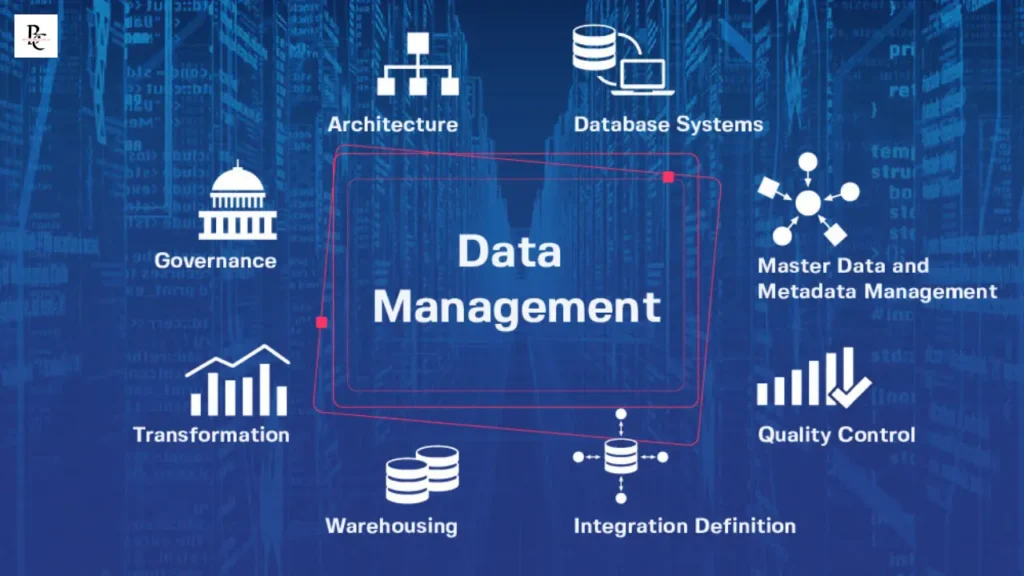
Optimizing data visualization and analytics
The dashboard also has data visualization tools, which are in the form of charts and graphs that give a detailed picture of how critical education indicators have been trending over time. The visualizations assist educators, administrators, and others to perceive the data to show where improvements are required.
Management of data in user roles and access control.
The data management is highly dependent on various levels of core dashboard app having support for different user roles and strong access controls. It helps grant users appropriate information in line with their roles, ensuring proper data security and integrity in the dashboard environment.
Creating robust procedures for solving big district data.
Therefore, the dashboard should be able to handle big chunks of information well. Large district datasets should support this design to provide optimal performance with scalability that would keep up with future data requirements for larger districts.
Development of A Core App Dashboard.
There are several issues related to the construction of the core app dashboard, such as dealing with users’ needs and responses, smooth integration with the systems already in use and keeping up on future updates.
Addressing user needs and feedback
It entails that developers have constant interactions with users to find out about user needs for enhancement on the main app dashboard. The dashboard must be designed to adopt this user-centric strategy to adjust to changing educational stakeholder needs.
Monitoring and maintenance for continuous improvement continue
Continuous monitoring and maintenance of the core app dashboard is crucial to keep improving at optimum levels of efficiency. Ensuring that the core application (dashboard) always has relevant functions, which take into account the evolution of demands in the education system’s users, as well as the development of information technology.
The provision of a well-designed core app dashboard for educational institutions such as elementary and middle school districts is quite difficult since it has to be well-planned. Educational institutions can integrate advanced technologies and user-oriented design theory towards developing a holistic core app dashboard that promotes operational success, data handling, and effective teaching and learning processes.
Conclusion
Finally, the Core App Dashboard for Schools and Districts is invaluable for managing education. The user-friendly interface makes complicated actions simple. This provides educators, district officers, and administrators with one spot where they can easily find effective schools running. The dashboard simplifies data management, enabling informed decision-making on class attendance and academic performance issues. It fosters collaborations by providing real-time insight into the learning institutions that enhance communication between other stakeholders in the field. The Core App Dashboard not only reduces the burden on administrators but also enables educators to consider individual student strengths and weaknesses while determining instructional modes for their respective classes. It is an innovative solution for improving learner outcomes and an active and responsive learning environment.
Note:
You can check it for more related information on betacharacterai.




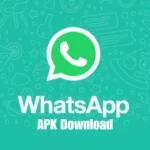
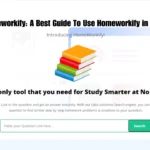




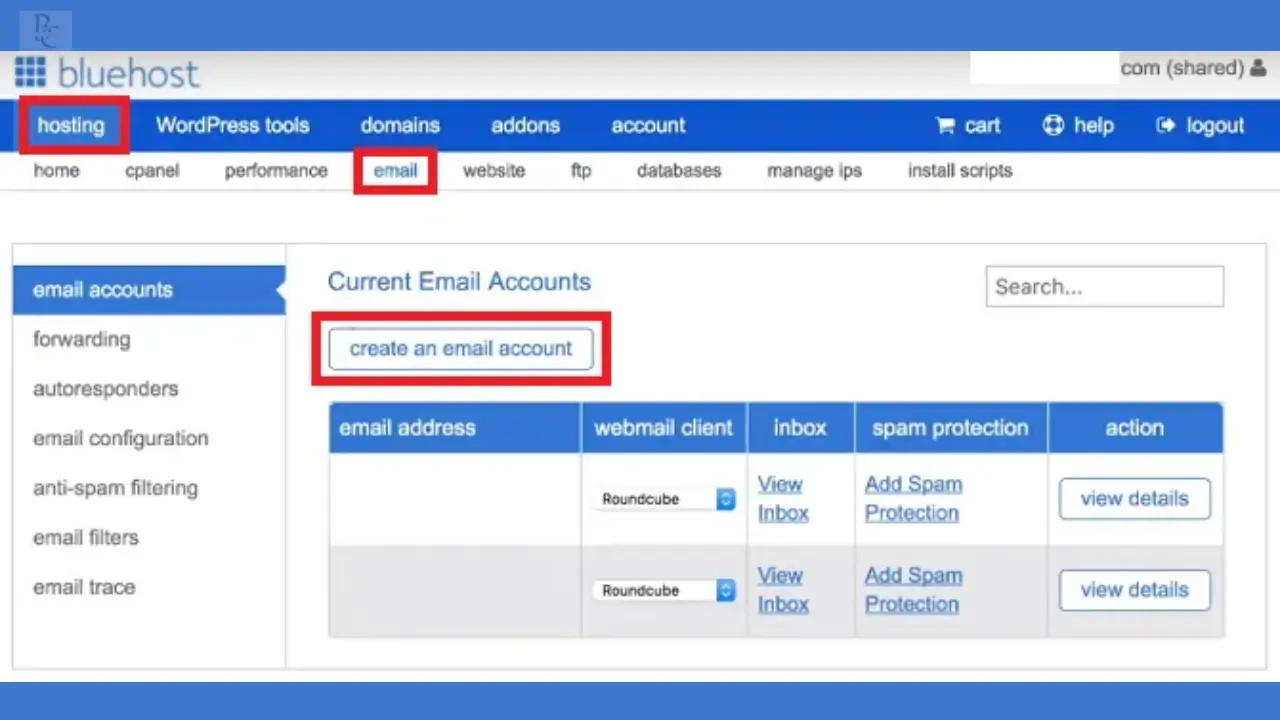
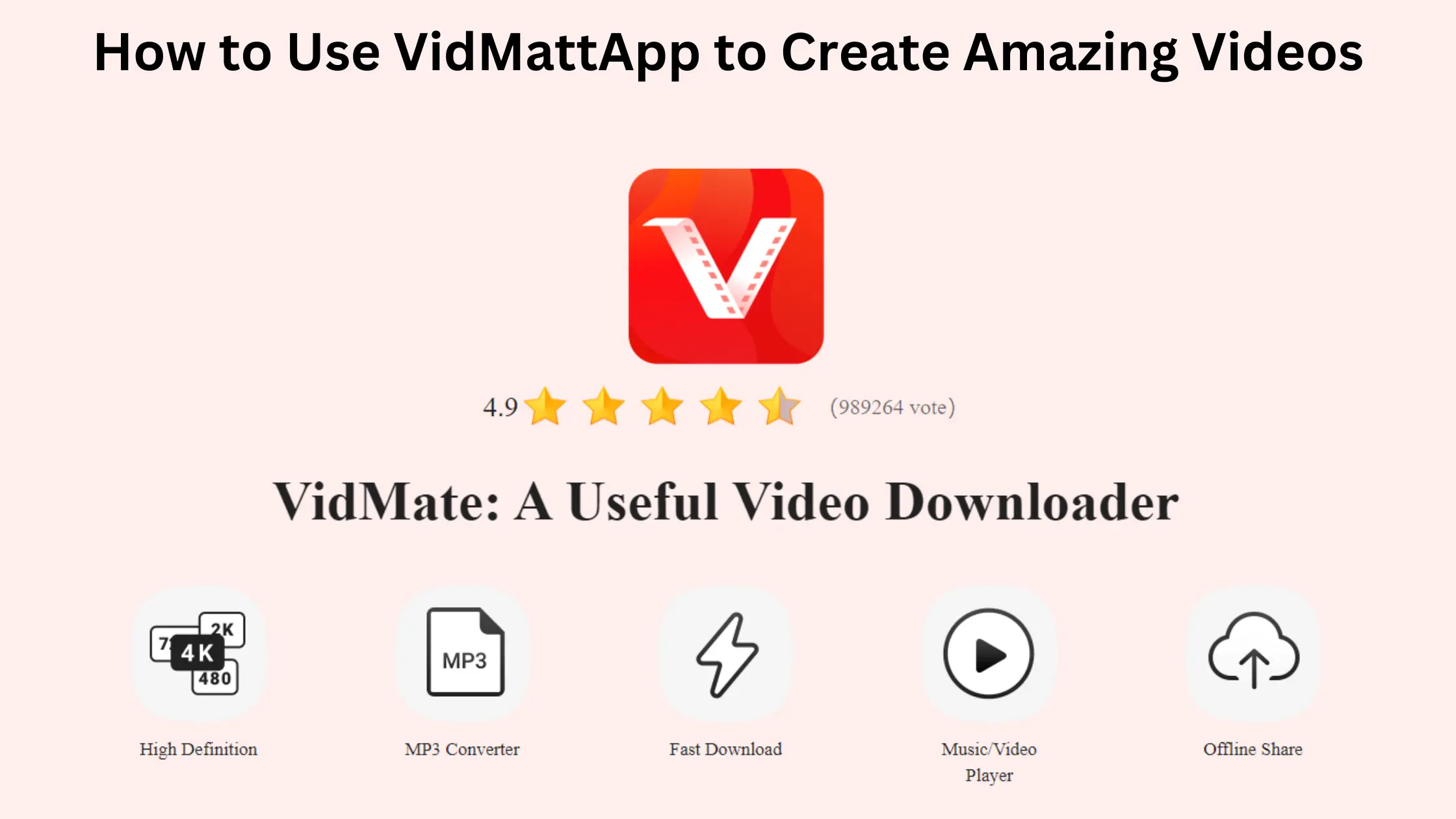
Приглашаем Ваше предприятие к взаимовыгодному сотрудничеству в сфере производства и поставки никелевого сплава Рзделия РёР· молибдена MРЁР§-2 и изделий из него.
– Поставка порошков, и оксидов
– Поставка изделий производственно-технического назначения (чаши).
– Любые типоразмеры, изготовление по чертежам и спецификациям заказчика.
сплав
сплав
87b5d35